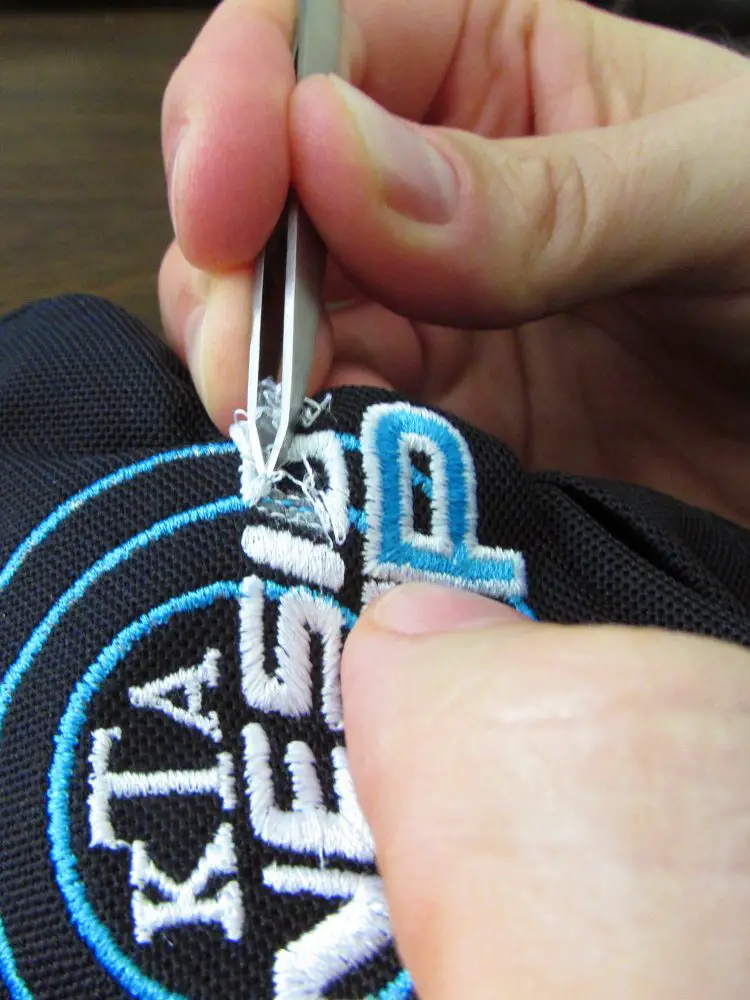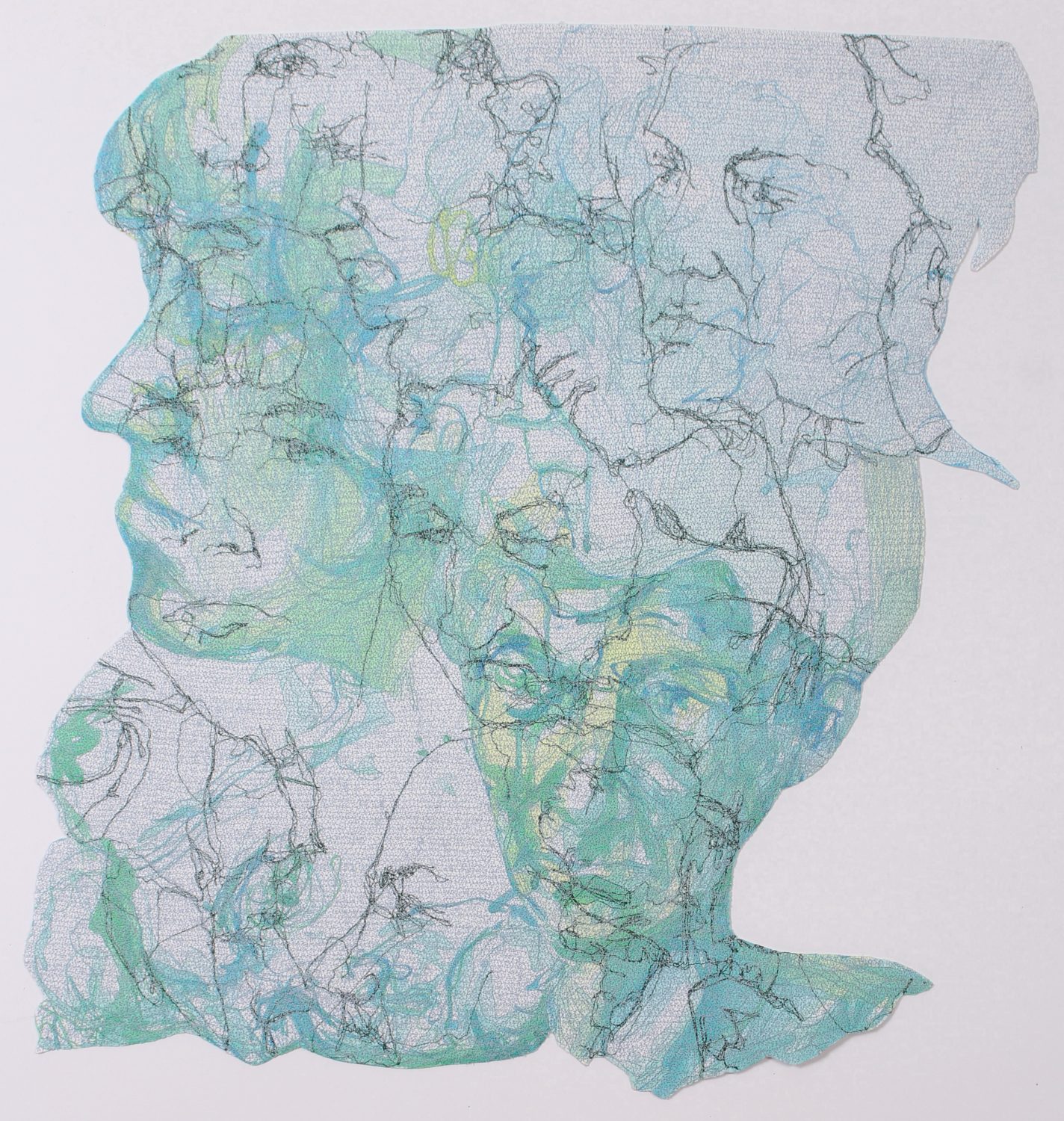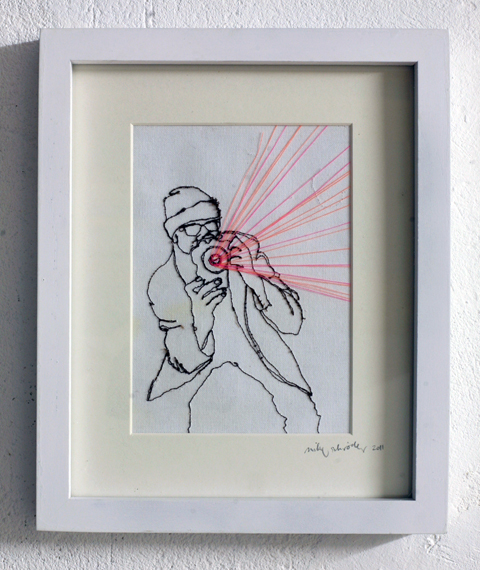I am often surprised on first contact with many craft and home embroiderers by the expectations that they have of commercial embroidery as the place where ‘perfect’ work is the norm. I admit, an all-day, every day digitizer may not balk at most any design challenge, but there’s no grounds for the expectation that I don’t make mistakes, or that the commercial world in which I work doesn’t have its own quirks. The best of us do have a solid handle on our craft, but there’s no reason to think of the binds craft embroiderers find themselves in as any different than our own, or to think of what we do as entirely alien to what a dedicated crafter does in their exploration of machine embroidery. I may not have as many basic issues crop up as a beginner, and I might have ready answers for more situations than most, but the truth is, we have just as many foibles, faults, and shortcuts as anyone who stitches. It may even be that we have more, since we do it with such regularity. In the interest of demystifying out world, I thought a little confession was in order. What follows are honest accounts of three things you might not expect that regularly take place in many commercial shops, with tips and takeaways from our ‘flaws’ to help you with your own embroidery, or at least to make you feel better about your own shortcuts and shut-downs.
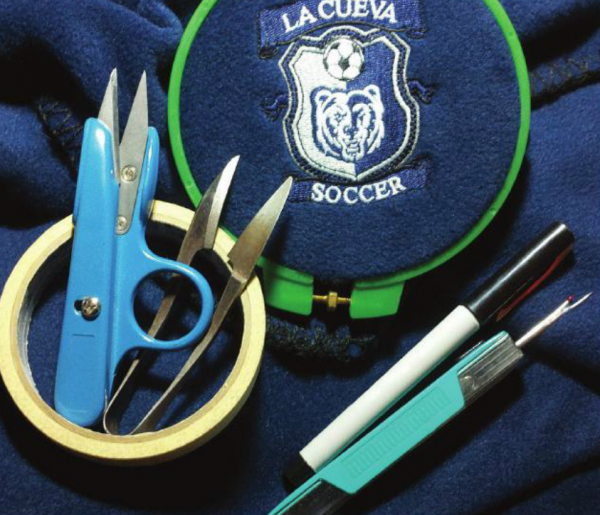
The Marked
You know when you get just a little bit of bobbin thread showing at the end of a stitched element, or maybe some flaw in a thread cone or errant dust bunny messes up your tension for the span of a single stitch? Yeah, that happens for us from time-to time, too. Sure, we do all the right things; we make sure our bobbin case and spring is clean, so that our bobbin tension isn’t loose, and we check our top tension to make sure that it’s not too tight, but we don’t necessarily toss the garment with the offending spot of white bobbin thread in the midst of our design. Most every commercial embroiderer I know has a set of indelible, permanent markers known to last through washing, in a goodly variety of colors. Though a good embroiderer wouldn’t ‘color’ excessively, or do so for an entire run, if we have one errant thread on one garment, we’ll touch up that single thread to save the piece and ship it. The takeaway is this; though you should always keep your machine maintained, and make sure your tensions are balanced, it’s not a mortal embroidery sin to touch up a thread here or there to save your piece. Just don’t make it a constant habit; if you are doing it on every run, you have a real problem to address.
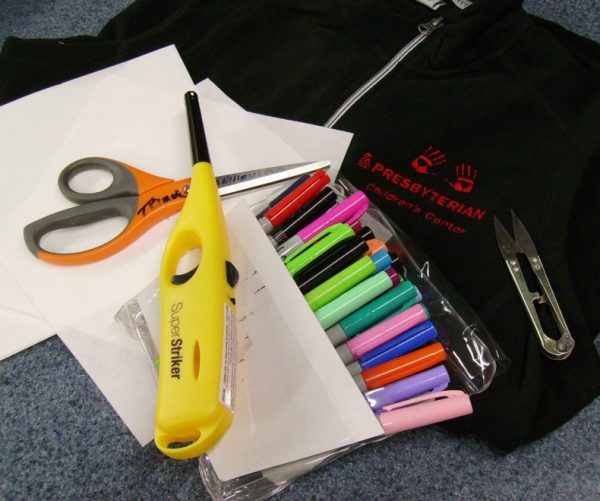
Into the Fire
Sometimes, after trimming those occasionally necessary jump stitches you just can’t get close enough to the surface of the piece to avoid tiny fringes where the thread was cut loose? The little tuft of fuzz that occurs when you use a dull trimmer or cut too far from the surface of the garment can make an otherwise clean and lustrous embroidery look loose, frayed, or otherwise poorly executed. For the odd occasion when these furry little tails are ruining the look of a garment, we commercial embroiderers can get pretty heated up; we burn the offending fuzz away with fire. It’s not for every piece, and with garments that can’t tolerate heat, fuzzy garments with a nap that will burn, or types and colors of thread that scorch or discolor easily, it just can’t be done. That said, I have taken up a cigarette lighter, or better yet a long and ergonomically-triggered candle lighter and ‘fire polished’ many a piece, though even with a practiced hand, I’ve gotten over-eager and scorched one. Dangerous as it is, a fire-polished piece looks a little tighter and the sheen a little brighter than a piece that doesn’t get the treatment. It’s not something I recommend you try on anything you can’t afford to lose, but it’s something that we do. What you can learn from this isn’t just that you can mix embroidery with your hidden desire to burn things; rather it’s that a poor trim can really make a garment look sloppy. It’s best to trim close, keep your trimming scissors very sharp, and/or to avoid jumping and trimming wherever you can by carefully plotting the sequence and direction of your embroidered elements. You can use fire in the event that you don’t manage either of the the former solutions, but trust me, you will eventually get burned, figuratively and literally. Those lighters get pretty hot.
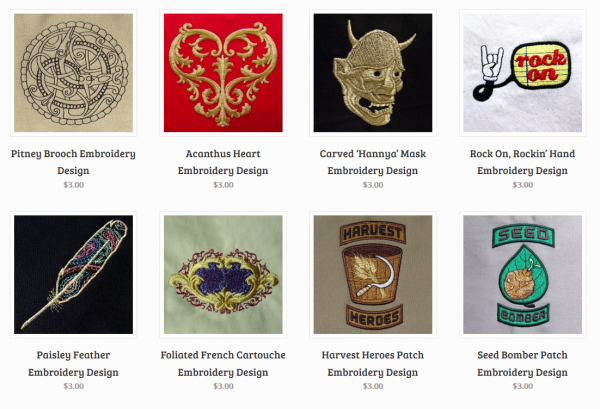
Stockers
I am an in-house commercial digitizer; almost every piece I make is a totally new and custom creation; entirely devised for my customer from their own art or art I have designed whole-cloth for them. On a given day, I’ll digitize a multitude of designs entirely from scratch. It’s natural to think that I’d eschew any sort of design that wasn’t born entirely from my mind and hand, but the truth is even I don’t create 100% of what my shop runs. Yes, ladies and gentlemen, I have used stock, purchased embroidery designs. Admittedly, I’m a bit of a snob and a control freak, so my percentage is very low; I may use 1 design from stock out of hundreds we run, but many commercial embroiderers are far and away more likely to use a stock design. Though corporate logos are always custom, there’s always that customer that wants a bald eagle, Labrador, or backhoe and doesn’t care in the slightest what it specifically looks like, short of the fact that they want to add a name or alter a color. For those rare folks that don’t come to me art-in-hand or for whom the cost of me working up a fully custom design doesn’t make sense, I don’t feel the need to recreate yet another bugling elk-head or any other design that can be purchased from a reputable stock design site who employs quality skilled digitizers. Frankly, there have been times that I’ve been quite glad not to spend hours rendering something which I can purchase, clean up, add text to, and put out of mind. The takeaway is this; you shouldn’t feel bad if you are an embroiderer working from stock, or that you are somehow not creative if you do. Digitizing is not the only way to enjoy and employ embroidery. Granted, I extol the virtues of digitizing and love to create designs that only I would want, or that, if I flatter myself, maybe only I could create in my particular style, but the truth is that many if not most embroiderers will never choose to digitize for themselves, and even those of us who digitize almost everything have run someone else’s designs for one of any number of reasons. Stock designs are a great tool, and you can do all manner of creative things to make them your own, from employing specialty threads, to creating unique combinations, to adding materials and prints for multimedia; even a simple tweak in the design placement on your garment can be a creative statement. If you want to digitize, by all means, I implore you to learn, but if you are happy to collect and utilize the designs of others, that’s as valid as any other method of embroidering.
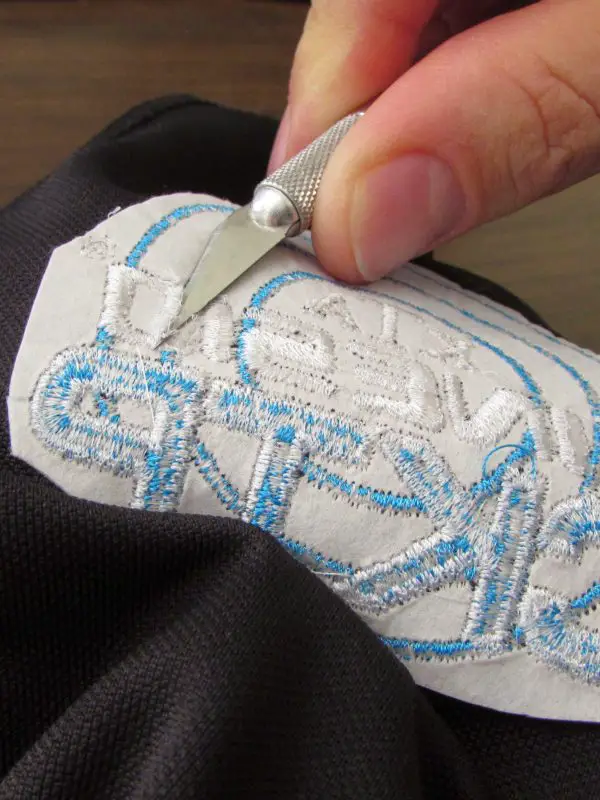
These three instances are just the beginning of the seedy stories I might tell about how work gets done, but they offer one valuable insight- we all struggle and find ways to persevere; you shouldn’t be discouraged if you don’t always do things in what seems like the perfect way. You will shred a garment by looking away just as a disasters like broken needles or a bird’s nest of tangled thread building beneath the piece. You will sew an errant sleeve to your garment when you don’t clear the space under the hoop before you hit that ‘go’ button. You will rip something incorrectly stitched from a garment and embroider something larger over the scar to save the piece. Just know that when you do, you are in good company with those of us who do this for a living. It’s not a that single mistake or moment of ignorance that defines your work, but your willingness to learn from it and carry on. Do the art like we do the work; make the best of it and get back on the machine.
—–
 Erich Campbell is an award-winning machine embroidery digitizer and designer and a decorated apparel industry expert, frequently contributing articles and interviews to embroidery industry magazines such as Printwear, Stitches, and Wearables as well as a host of blogs, social media groups, and other industry resources.
Erich Campbell is an award-winning machine embroidery digitizer and designer and a decorated apparel industry expert, frequently contributing articles and interviews to embroidery industry magazines such as Printwear, Stitches, and Wearables as well as a host of blogs, social media groups, and other industry resources.
Erich is an evangelist for the craft, a stitch-obsessed embroidery believer, and firmly holds to constant, lifelong learning and the free exchange of technique and experience through conversations with his fellow embroiderers. A small collection of his original stock designs can be found at The Only Stitch

